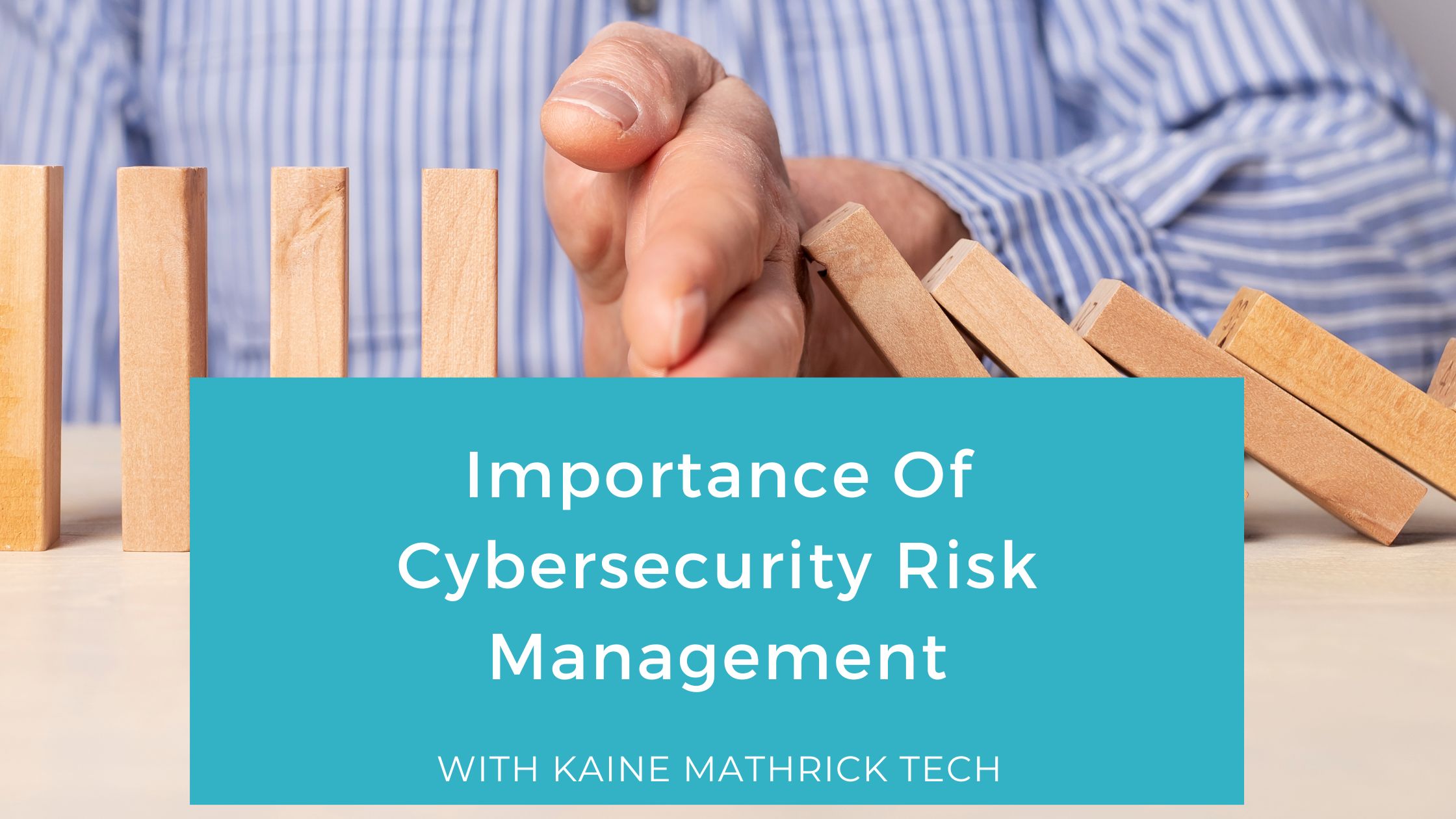Why the Importance of Risk Management Cannot Be Ignored in The Current Economy
Why the Importance of Risk Management Cannot Be Ignored in The Current Economy
Blog Article
Discovering the Value of Risk Management for Effective Decision-Making Approaches
In the intricate globe of business, Risk Management emerges as an important consider the decision-making procedure. The capacity to determine prospective dangers and chances, and strategize as necessary, can lead to the difference in between success and failure. With devices such as SWOT and PESTEL, organizations are equipped to make educated options, promoting durability and versatility in an ever-changing environment. Wondering exactly how this functions? Let's unload the characteristics better.
Recognizing the Idea of Risk Management
Risk Management, an important part in decision-making, is often misconstrued or oversimplified. Normally, it refers to the recognition, analysis, and prioritization of risks to decrease, keep an eye on, and control the possibility or influence of regrettable occasions. It's not merely about preventing unfavorable results, yet additionally about recognizing potential opportunities. Risk Management includes regimented and organized strategies, utilizing data and insightful evaluations. It requires a thorough understanding of the company's context, goals, and the prospective threats that might combat them. From monetary unpredictabilities, lawful responsibilities, calculated Management errors, to mishaps and natural calamities, it resolves different threats. Importantly, reliable Risk Management is not stagnant; it's a continual, positive process that develops with altering scenarios.
The Role of Risk Management in Decision-Making Processes
In the world of tactical preparation and company procedures, Risk Management plays an important role in decision-making processes. It aids in recognizing prospective hazards and unpredictabilities that might influence the accomplishment of organization goals. By mapping these threats, business can create techniques to mitigate their impact, ensuring service connection and stability. Risk Management hence ends up being a crucial device in decision-making, assisting leaders to make enlightened options based on a thorough understanding of the risks involved. It urges a proactive method, enabling companies to expect and prepare for possible future situations. This substantially reduces the likelihood of adverse repercussions, advertising extra effective and reliable decision-making methods. Therefore, Risk Management works as an essential part in the decision-making procedures of any type of organization.

Just How Risk Management Boosts Strategic Preparation
In the context of tactical planning, Risk Management plays a pivotal role. Starting with the identification of prospective risks, it better reaches the execution of Risk mitigation steps. The function of Risk Management is dynamic yet not fixed, as it requires continuous tracking and adjusting of strategies.
Identifying Prospective Threats

Executing Risk Reduction
Having actually established the importance of identifying potential threats, the following step is to explore Risk reduction. This process involves establishing and applying methods to manage recognized risks effectively. It is a critical facet of strategic planning as it enhances decision-making by minimizing possible negative outcomes. Risk reduction approaches can range from Risk avoidance, Risk transfer, to run the risk of decrease. Each approach must be customized to the specific Risk, considering its prospective effect and the organization's Risk resistance. Additionally, effective Risk reduction calls for a deep understanding of the Risk landscape and the prospective effect of each Risk. This understanding makes it possible for companies to focus on risks and allot resources properly, ensuring that the most substantial threats are addressed initially.
Monitoring and Adjusting Techniques
Though Risk reduction is a vital step in strategic planning, constant monitoring and change of these strategies is similarly important. It also offers an opportunity to examine the success of the Risk Management steps, enabling adjustments to be made where essential, further improving tactical preparation. Monitoring and readjusting Risk Management strategies is an important element for enhancing a company's strength and calculated planning.
Instance Studies: Successful Risk Management and Decision-Making
Worldwide of service and money, successful Risk Management and decision-making often function as the pillars of prosperous business. One such entity is a multinational oil firm that alleviated financial loss by more tips here hedging against varying oil rates. In another circumstances, a technology startup flourished by determining and accepting risky, high-reward techniques in a volatile market. An international bank, confronted with regulatory unpredictabilities, successfully browsed the situation via proactive Risk evaluation and vibrant decision-making. These cases highlight the worth of astute Risk Management in decision-making processes. It is not the absence of Risk, but the Management of it, that commonly distinguishes effective firms from not successful ones. These instances underscore the essential duty of Risk Management in critical decision-making. importance of risk management.
Devices and Strategies for Effective Risk Management
These tools, such as Risk signs up and warm maps, help in identifying and assessing potential dangers. Risk action strategies, a vital component of Risk Management, involve accepting, preventing, moving, or mitigating threats. With these devices and techniques, decision-makers can navigate the complicated landscape of Risk Management, consequently assisting in notified and reliable decision-making.
Future Patterns in Risk Management and Decision-Making Methods
As we check out the vast landscape of Risk Management, it becomes apparent that the strategies and tools used today look these up will continue to progress. The idea of Risk culture, where every member of a company is aware and included in Risk Management, will certainly gain much more prestige. These fads advertise a more aggressive and inclusive method towards Risk Management and decision-making.
Final thought

Risk Management hence becomes a vital tool in decision-making, helping leaders to make informed choices based on a thorough understanding of the risks involved. Risk mitigation Recommended Site techniques can range from Risk evasion, Risk transfer, to take the chance of reduction (importance of risk management). Efficient Risk reduction requires a deep understanding of the Risk landscape and the possible effect of each Risk. Risk response strategies, an essential element of Risk Management, involve approving, staying clear of, moving, or mitigating risks. The principle of Risk society, where every member of a company is conscious and involved in Risk Management, will certainly obtain extra prestige
Report this page